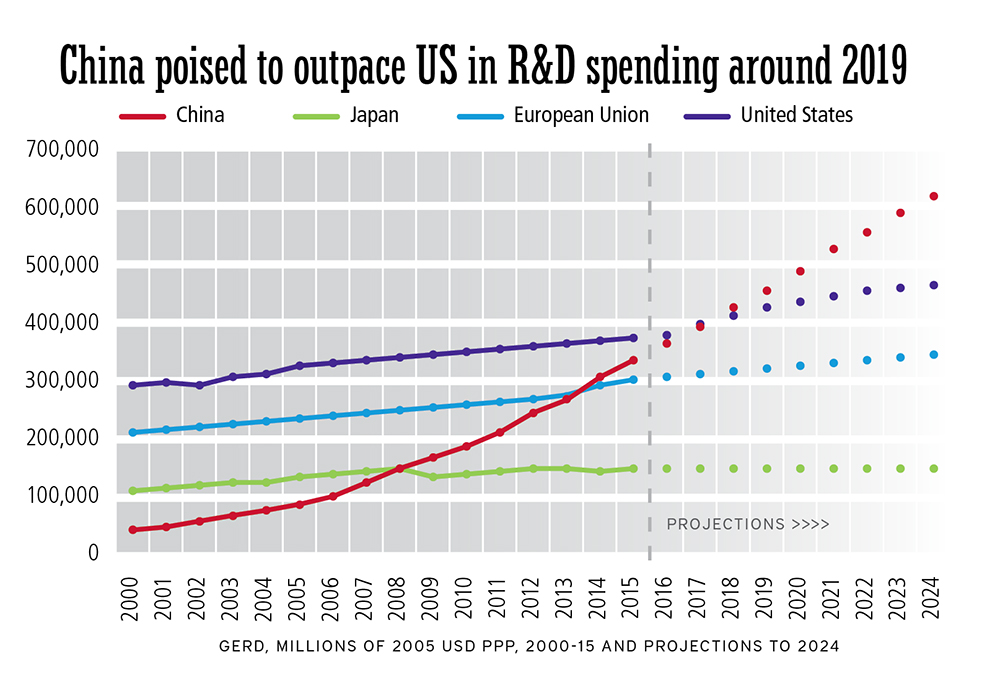Natural born explorers
Collaboration key to creating and sustaining a culture of innovation
NewsSUMMARY: "Twenty-first century businesses will rely on American science and technology, research and development. ... I want Americans to win the race for the kinds of discoveries that unleash new jobs." -- President Obama, 2015 State of the Union Address

by Yvonne Harris, vice provost, research and scholarship
Early in my career teaching biology in Chicago, I began the course by telling students that we are born scientists. We are intuitive creatures and, by our very nature as humans, curious about our surroundings. We are creative physical beings, constantly observing and innovating to better our lives and those of the people we care about. We are explorers compelled to extend ourselves into the darkness of the unknown, and bring what is there into the light. Why do we do it? We simply can’t help ourselves.
Innovation and discovery is not the sole domain of the brilliant, but rather something that we constantly strive for beginning at birth. If you don’t believe me, sit in a room with 2-year-old children and observe the power of human innovation and discovery. Unfortunately, too many of those preschoolers lose the excitement and the hunger to create and build by the time they reach adulthood.

At present, the United States leads the world in research and development spending; however, many Asian economies are not far behind. Between 1996 and 2011, China’s share of global R&D has risen by 12.3 percent, with the United States, the European Union and Japan falling by 8 percent, 5.2 percent and 5.7 percent, respectively. This slow decline in R&D investment, coupled with a decline in education spending, threatens our ability to develop a workforce that will thrive in the 21st-century economy.
Solving the big problems of our day will require a team-based approach, comprised of a diversity of experience, education and methods. Since arriving in Harrisonburg 20 months ago, I have been impressed by JMU’s commitment to interdisciplinary research and teaching. One terrific example is the JMU Drone Project, which saw 42 students from seven majors utilize unmanned aerial systems technology to tackle six real-world challenges: air pollution, river mussel populations, telemedicine, traffic monitoring, landmine detection and landmine disarmament.
As traditional higher education funding sources scale back their investment, collaboration will be the key to creating and sustaining a culture of innovation. We must expand our capacity to engage within our region, as public-private partnerships will drive new ideas, develop bleeding-edge innovations, create jobs and revitalize depressed economies.
One of the invaluable by-products of working in higher education is an energetic and enthusiastic alumni base. As JMU graduates’ organizations and industries grow, my door is always open to discuss opportunities to work together.

